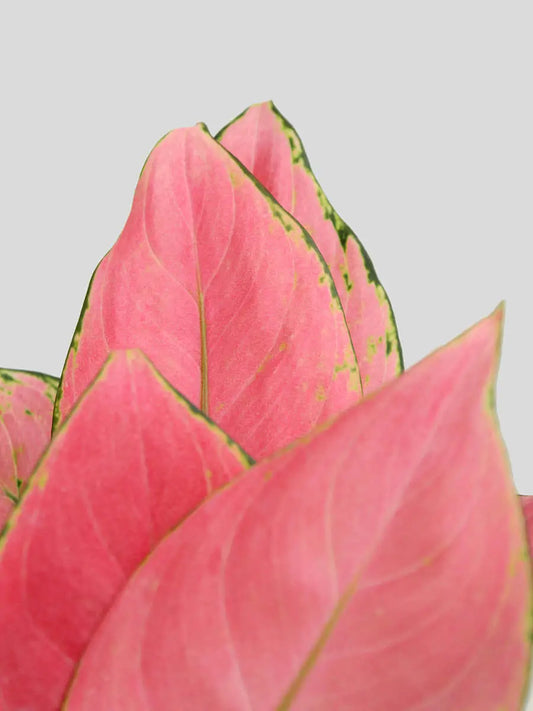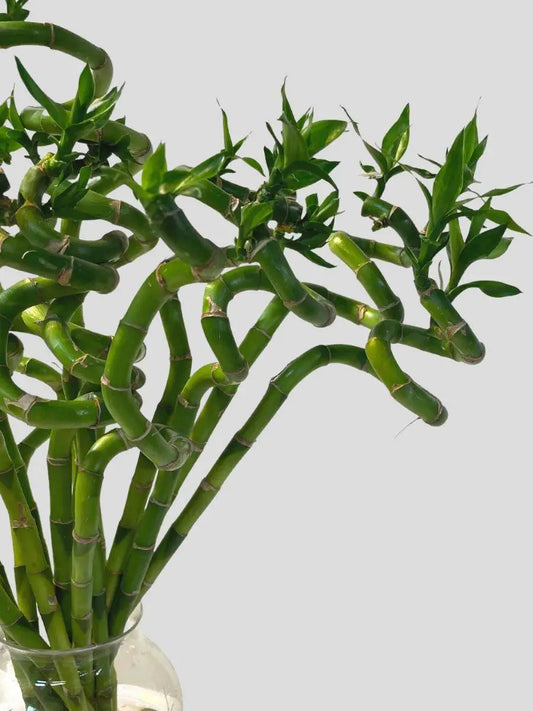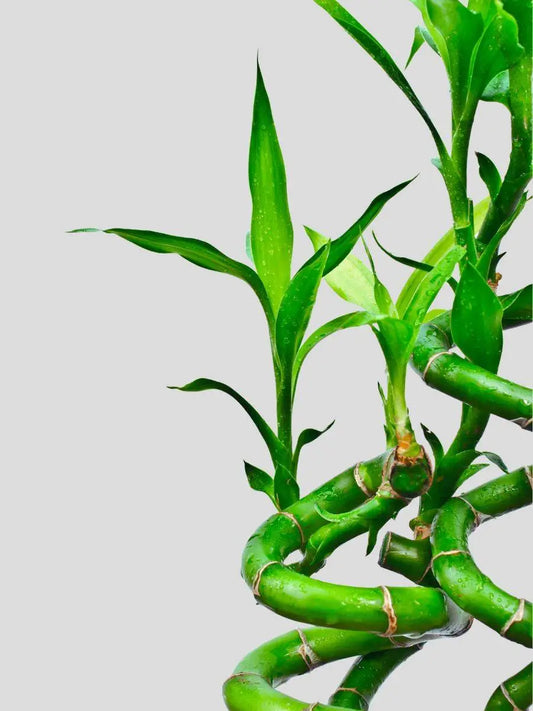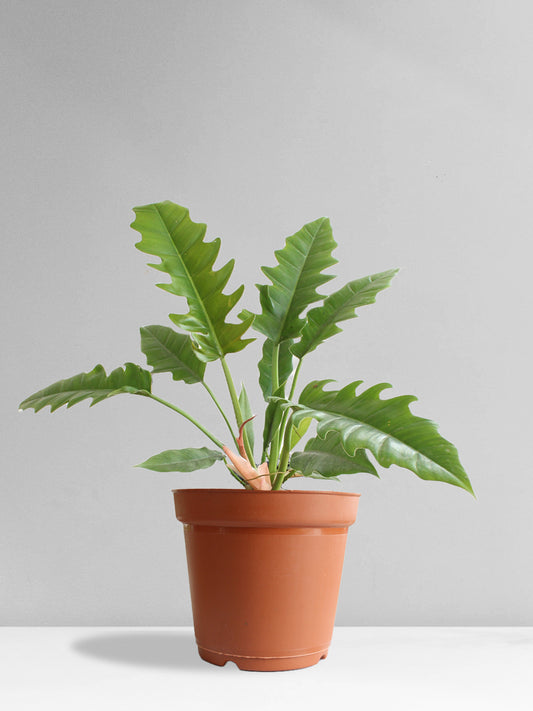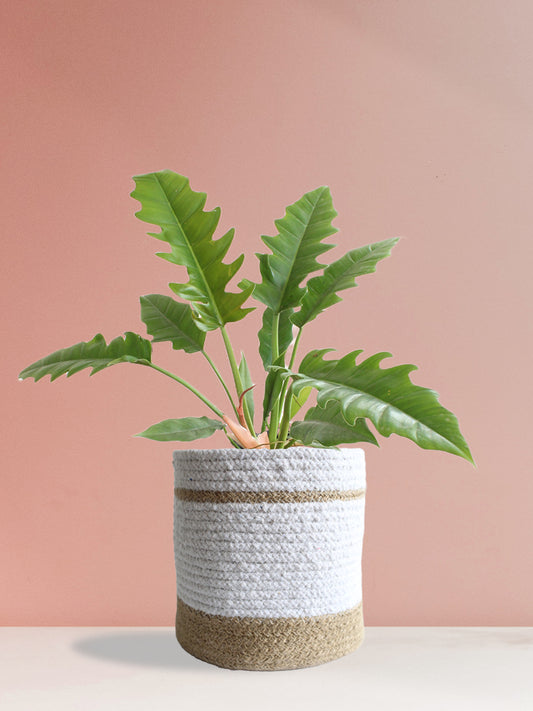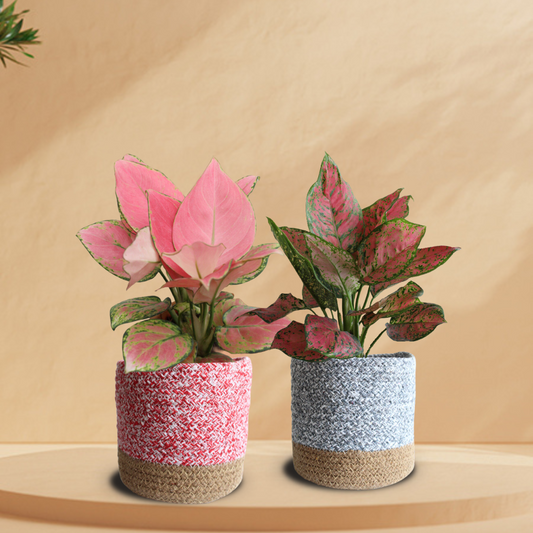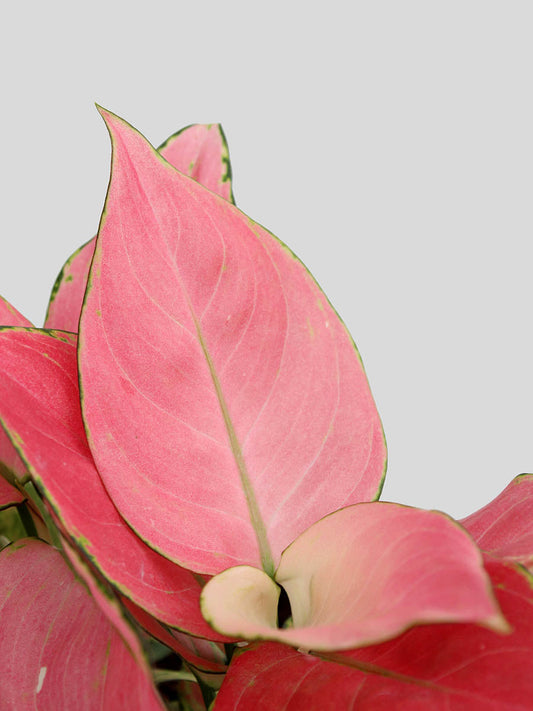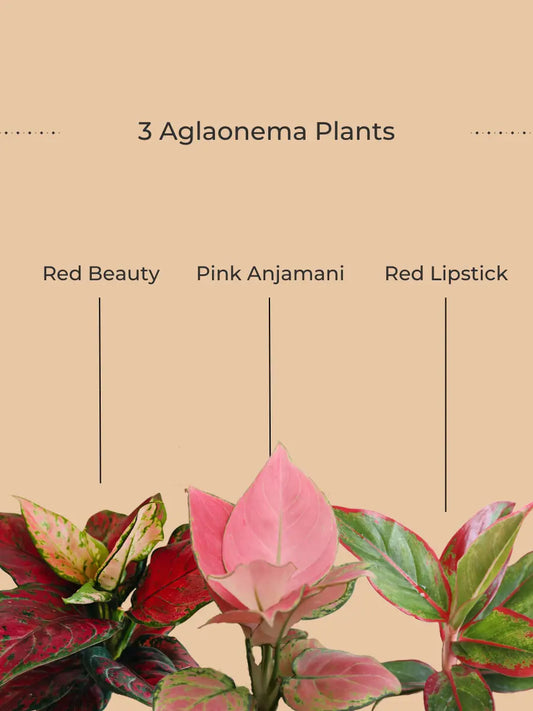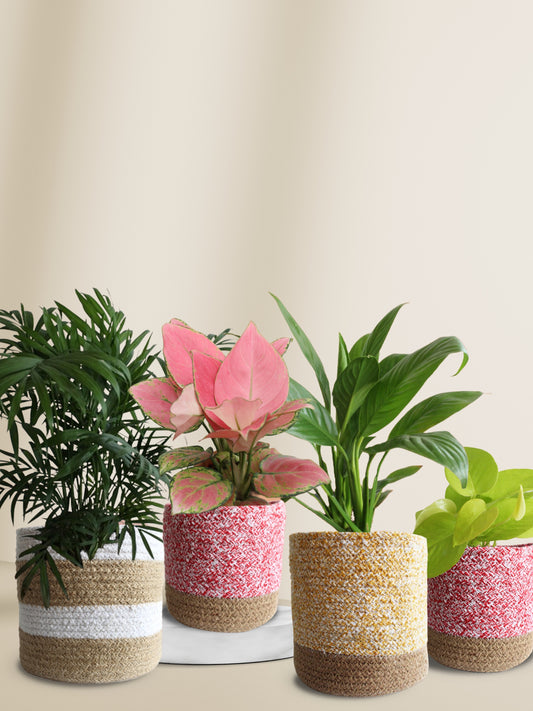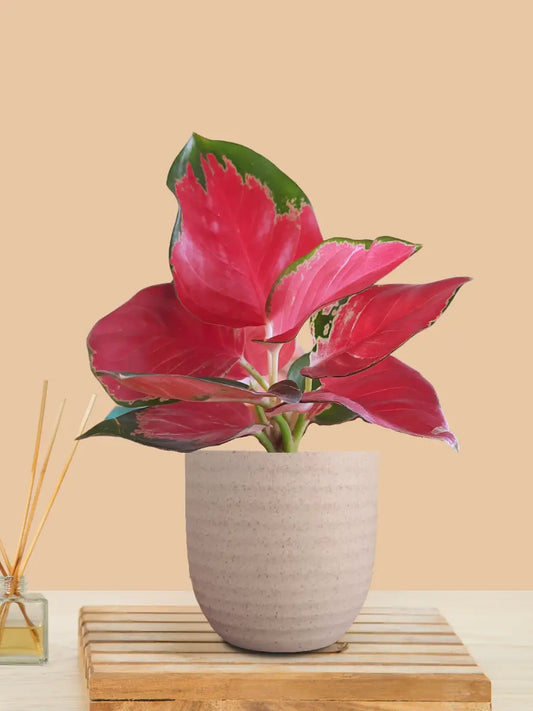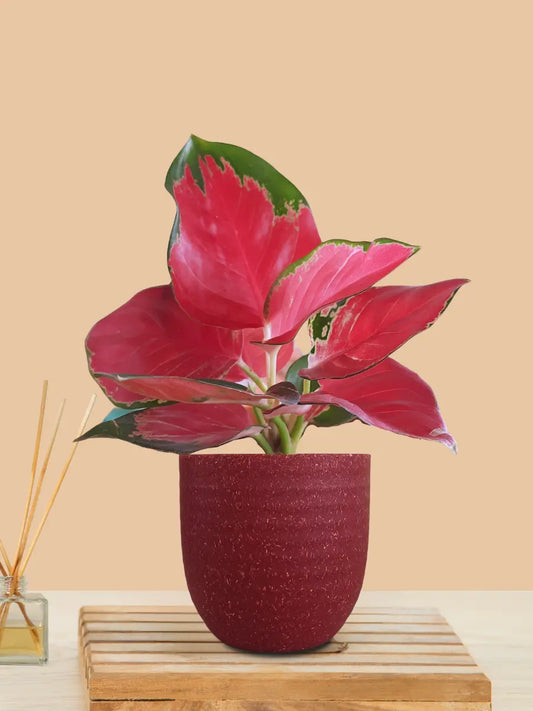Watering Guide for Common House Plants
Going green? Watering indoor plants is second nature, even when you're an amateur plant grower. Hard times! We've got your back. figuring out when and how much to water can be a challenge.
If you don’t seem to have an innate ability to keep houseplants happily hydrated, and want to stop killing them, there's good news for you! You can easily learn. Follow along the lines of our Indoor Plant Watering Guide and keep your plants sparkling with good health.
The List
1. Fiddle Leaf Fig

Since this is a large plant, you need to give it a large pot with proper drainage and a potting medium that does not retain too much moisture or remain soggy. Water the plant once or twice a week. When in doubt, let the topsoil dry a little and then water the plant as it hates to be overwatered.
Note: Avoid both overwatering and underwatering. The leaves might also turn yellow if the plant isn’t getting enough light. If none of these seem to be the problem, look for plant infestations and treat the plant if you notice any pests. Finally, the problem can also occur if you have recently moved the plant to a different spot. Transplant shock is common in Bambino Fiddle Leaf Fig.
[product=fiddle-leaf-fig-xlarge]
Buy this stylish indoor plant with violin shaped leaves. It showcases a dramatic and sophisticated look into your living space. This plant purifies the air by removing toxins.
[/product]
Also Read: Benefits of Succulents
2. Calathea Rattlesnake

In general, a Calathea Rattlesnake placed at room temperature needs to be watered only once or twice a week. Vary the watering frequency based on the weather conditions and growth rate too. During summer, the topsoil gets dry quickly and the plant might also be growing in full swing. So, check the soil regularly and water the plant more often. But during winter, you can reduce the watering frequency because overwatering is bad for the plant.
Note: As the winter approaches, you can consider reducing the watering frequency, however, check the soil regularly and water the plant more often.
[product=calathea-rattlesnake-medium]
Buy this rare and exotic indoor plant with unique patterned leaves. The distinct snake-skin patterns on the foliage give the plant the name Calathea Rattlesnake.
[/product]
3. ZZ Plant

They bear rhizomes in their roots, in other words, swollen root nodes that store plenty of water. So, yes, underwatering is not going to harm the plant but overwatering sometimes does!
Note: The ZZ plant only needs to be watered when the top soil feels dry. This might be once a week during moderate weather conditions or even less frequently during winter. The plant comes from Eastern Africa, the drought-prone terrains there.
[product=zz-green-medium]
Gift this resilient and low maintenance beauty that is a is a great air purifier. It is acknowledged to bring support and luck surrounding its placement.
[/product]
4. Money Plant

Water a Money Plant Marble one or two times a week cautious as to not overwater it. Increase or decrease the watering frequency when the temperature rises or falls below the usual conditions.
[product=money-plant-golden-small]
It is known to bring good luck, prosperity and positive energy into your home. It is one of the most low maintenance plant.
[/product]
Also Read: How to Grow Money Plant Golden
5. Rhapis Palm

Rhapis Palm mostly needs to be watered one or two times a week. But the ambient temperature and light conditions influence how quickly or slowly the soil gets dry.
Note: If the leaves in a Rhapis Palm plant are drooping it could indicate that you are not giving it enough water. While the watering frequency mentioned above is an estimation based on moderate weather conditions, ensure that you monitor the plant closely for it might need to be watered more frequently if the temperatures get too hot.
[product=rhapis-palm-large]
Buy one of the resilient plant that can tolerate low lighting and infrequent watering. A gorgeous addition to your balcony.
[/product]
Check out this Hawaiian White ceramic planter with a tray.
6. Peace Lilies

The Peace Lily plant needs to be watered only once or twice a week. Most beginners harm the plant by overwatering it. To avoid this, use a pot with proper drainage and wait for the topsoil to get slightly dry before you water the plant again.
Note: Too much water can harm the roots of a Peace Lily plant. And this is one of the main causes of the yellowing of the leaves in this plant. Check the topsoil to be sure that it’s not too moist. When the soil is already damp, do not let too much water drip from the leaves after you mist them.
[product=peace-lily-medium]
This plant is well-known to bring peace and harmony into your home. It is a great gift for someone who loves plants but has limited space. it helps to clean the air & easy to care.
[/product]
Tips for Houseplant Watering
- Do not follow a look-in-the-book watering schedule.
- Do note that sticking to a once-a-week plan can lead to overwatering and underwatering, as some houseplants may need watered more or less often.
- Do not simply let the indoor Plants Sit in Water.
- Set a schedule so that you don't forget to water your plant.
Also Read: Amazing Benefits of Peace Lily Plant
Conclusion
If you are busy greening up your space and do not have time to water them, think twice. You must buy the time for proper pruning and care with each plant that you buy. Where to buy plants? Here.
FAQs
Q1. How often should I water my houseplants?
Ans. Water the plant depending upon the plant requirements.
Q2. Can I water plants daily?
Ans. Yes and No, depending upon the variety of the plant. The golden rule is to check the soil moisture.
Q3. How much water is 1 inch?
Ans. Ideally you should be able to dip a part of your finger in it, more or less.
Q4. How much water does a plant need per day?
Ans. Depending upon the plant variety it can vary but keep in mind to read the plant care guide before or after getting the plant.



